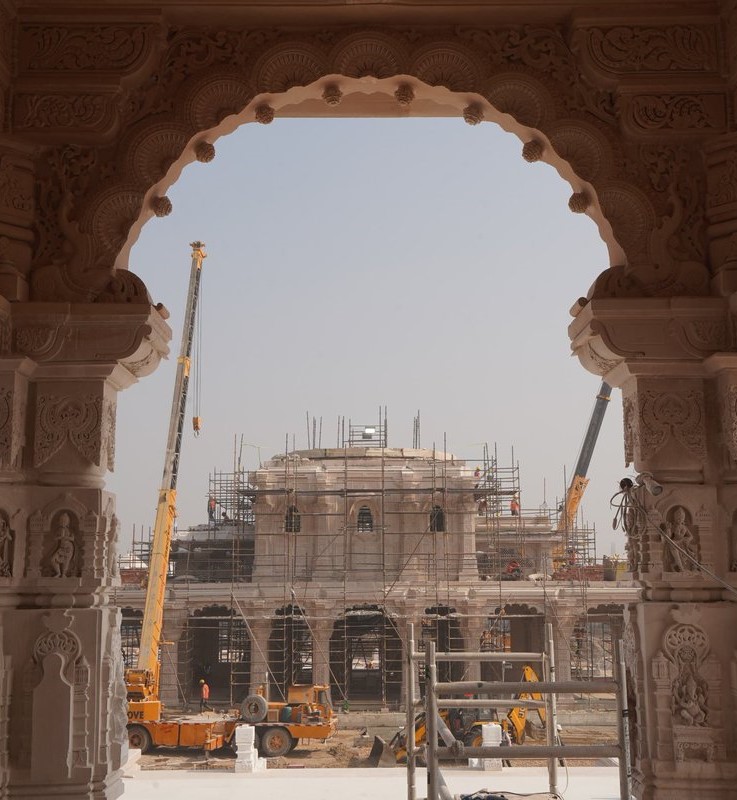While Crores of Bhartiyas await eagerly the completion of the Ram Mandir temple which will be inaugurated on 24th January 2024, there are some International media outlets who are giving their all in attempting to draw a negative picture of the culmination of the grand dream which the Ayodhya’s Ram Mandir represents.
An International media outlet in its report has attempted to portray that construction of the Ram Mandir is benefiting only a particular section of the society. However, in reality almost people from every fabric of the society have come together in building the Ram Mandir. The Ram Temple in Ayodhya is being represented as the beginning of Ram Rajya. It is being observed as a crucial site of historical importance.
Interestingly, Two Muslim sculptors from the North 24 Parganas district in West Bengal crafted the idols of Lord Ram for the upcoming grand opening of the Ram Mandit in Ayodhya, Uttar Pradesh, which will be placed outside the temple.
Furthermore, The 14 doors of the Sanctum Sanctorum of the Ram Mandir are made of Makrana marble, the inlay work in which are being done by the Muslim Artisans. Once the temple area is well established it will become a hub of soaring economic activities, following which the temple city might witness an expansion similar to the national capital region. UAE’s Lulu group has finalised on land for a 300 room, five star property. People in the know affirm that the new found opportunities within Ayodhya will benefit all. There are multiple applications for building hotels. A royal palace, consisting of 200 rooms in the region will be transformed into a hotel by the Oberoi group. Thus, to depict Ram Mandir as just a, sectarian move is completely wrong and misleading.
The construction of the Ram Mandir will not only boost tourism opportunities, but it is being perceived a crucial pilgrimage site for the entire nation. It represents the benevolence, the righteousness of Lord Shri Ram. The completion of Ram temple is also being associated to the revival of Ram Rajya, a term taken from the ancient times to denote the rule of Lord Ram, considered the time of highest of benevolent governance.

















Comments